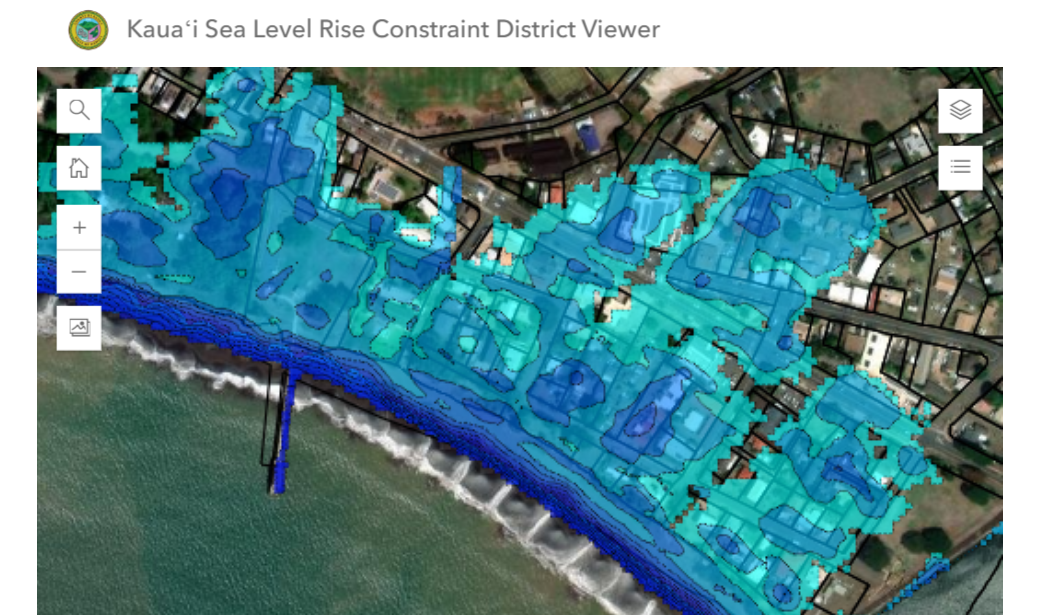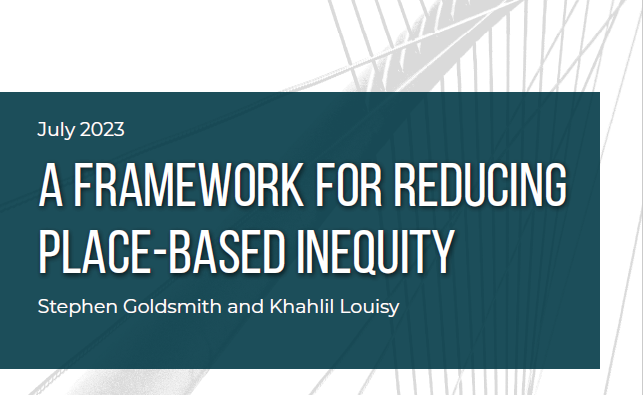- January 14, 2019
- GIS
The rise in housing costs across the US is not only making life harder for low income Americans, it is destroying their lives and families. Since 1995, the median cost of rent in the US has gone up nearly 70 percent while wages have stagnated. For low-income family renters, wages have actually decreased in recent years while their rental costs have gone up. More than half of these families find themselves spending 50 percent or more of their income on housing costs, a standard the US Department of Housing and Urban Development (HUD) considers “severely cost-burdened.” One in four low-income renters spends 70 percent or more of their income on housing.
Housing Instability in the US
The biggest problem for renters is lack of supply of affordable housing. In fact, the US is short about 7.2 million affordable units. According to the National Low-Income Housing Coalition (NLIHC), this translates to an average of “35 affordable and available rental units for every 100 extremely low-income renter households.” Many cities provide subsidized housing but in some of the US’ largest cities, families can be stuck on the public housing waitlists for decades. Some states have better access to affordable housing for their low-income residents than others, but no state is able to fully meet its demand, as seen in the map below from CityLab.

This lack of access to quality, affordable housing leaves low-income families with no choice but to pay rental rates well above their means. To ensure a roof stays above their heads, many cost-burdened renters are forced to make significant tradeoffs or skip out entirely on life’s other necessities like transportation, health care, and food. Many are forced to work multiple jobs to lessen the financial burden on their families but if they work for minimum wage, two jobs still do not cut it. According to the National Low-Income Housing Coalition (NILHC), a person making the federal minimum wage of $7.25 an hour would have to work “multiple jobs – and a sanity-draining 94.5 hours per week – to make enough to afford a one-bedroom.” The stress housing instability puts on families can take an even greater toll on the whole family’s mental and physical health, especially for children.
The public sector has a role to play in protecting both renters and homeowners. However, public policy often favors homeownership and hurts renters more than it helps them. For example, government regulations can protect renters from “rapid increases in rent” but they can also “block housing supply from growing to meet demand.” For the federal government, HUD is responsible for providing housing assistance through grants, subsidies and community development programs. Unfortunately, the resources available through HUD have been significantly underutilized. This is evidenced by the fact that only one in four Americans eligible for housing assistance get the help they need due to the housing assistance lottery system that is struggling to support a rapidly increasing number of very low-income renters. To make matters worse, HUD’s budget decreased nearly 10 percent from 2010 to 2017 with significantly more cuts underway.
All of these factors leave severely cost burdened households one unexpected expense from losing the roof over their heads. In fact, 40 percent of Americans are just one $400 expense away from not being able to cover their rent for the month. It should come as no surprise that in the latest American Housing Survey, 2.8 million renters across the country reported fears that they would soon be evicted.
Mapping Eviction Rates Across the US
Those fears become reality every year for renters across the country. According to researchers at the Eviction Lab at Princeton University, there were just under 900,000 evictions across the US in 2016 alone, turning the lives of an estimated 2.3 million people upside down. Founded in 2017, the Eviction Lab has built the US’s only eviction database giving Americans their first look at the nation’s “eviction epidemic.” So far, researchers on the Eviction Lab team have collected data dating back to the year 2000. Using this data, they created an interactive map (see below) to help public sector leaders better understand the depth, breadth, and complexity of the eviction crisis.
This interactive tool has drop-down features that allow users to explore bivariate data covering eviction and census information on the national, state and county levels. Users can view eviction filing rates or actual eviction rates and see how those rates compare when layered with census data like rent burden, poverty rates, median gross rent, median household income and population demographics. This interactive mapping tool is openly available and free to use for policymakers, journalists, activists and the general public.
A quick search selecting eviction rate data alone reveals that evictions are most prevalent in the southeast corner of the United States by a vast margin compared to the rest of the country. When incorporating census data such as rent burden or poverty rates, the Eviction Lab’s data suggests that these factors often play some role but do not tell the whole story. Other factors such as median household income often show a strong correlation with eviction rates but alone cannot explain eviction rates where they are highest. According to the database, one of the strongest indicators correlating with higher eviction rates is the population of African American residents living in a particular area. Of course, this correlation only suggests that there are higher eviction rates in cities where there are higher black populations, but this data alone does not explain why. However, an analysis of eviction rates in Richmond, VA by Benjamin Teresa at the RVA Eviction Lab revealed that “neighborhood racial composition is a significant factor in determining eviction rates, even after controlling for income, property value, and other characteristics.” The Eviction Lab map shows that If one thing is clear, no one single indicator or combination of indicators can explain eviction rates across the country.
In an interview, the Eviction Lab’s Creative Director James Minton noted that drawing correlations from a combination of bivariate data points helps draw a more holistic picture and can help policymakers better understand the root causes of eviction relevant to their communities. By highlighting the economic pressures bearing down on struggling families while also bringing into focus societal pressures like racial inequality, we begin to shift the narrative away from the misconception that eviction is solely correlated with an individual’s financial choices. The power of these visuals proves undeniable in the communities where higher rates of eviction are uprooting lives, destroying families, and tearing communities apart. It also makes starkly evident the disparities present in black communities compared to all others.
Since the release of this tool in 2017, public sector leaders in some cities have taken notice. Using data derived from this tool, they have gained valuable insights about the causes and consequences of eviction in their communities and have used that information to guide the development of new public programs. For example, Eviction Prevention Task Forces have been formed in Richmond, VA and Philadelphia, PA and legal aid has been extended to families facing eviction in Los Angeles, CA and Newark, NJ. These are important first steps towards mitigating the impact of eviction in American cities, but far more work is to be done nationwide if we truly want to prevent millions of families from losing their homes, a life event that has already thrust countless families into cyclical and multi-generational poverty.
The Eviction Lab’s map is an ongoing project as they work to capture the full extent of the eviction crisis in America. While still in progress, this interactive map has been a wakeup call for policymakers and has begun to change our collective understanding of the causes of eviction.





